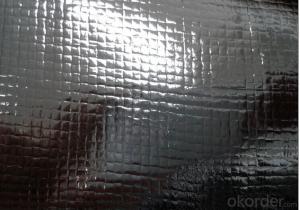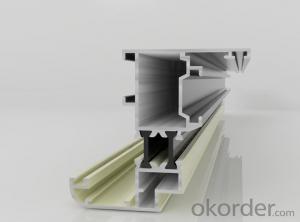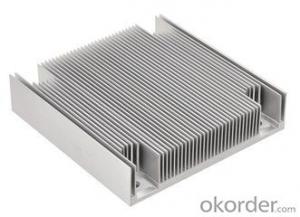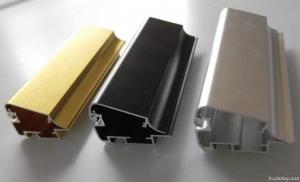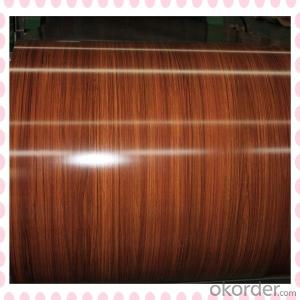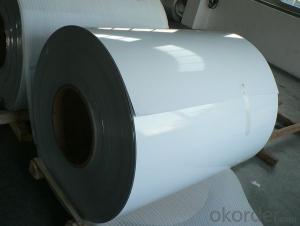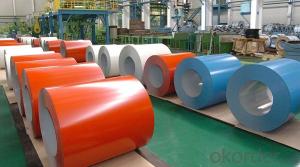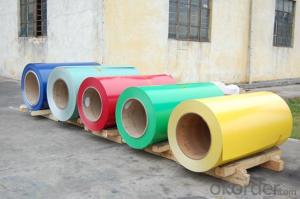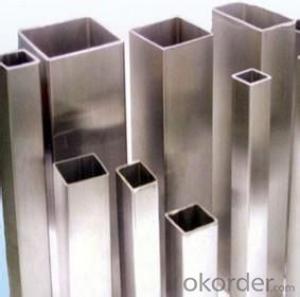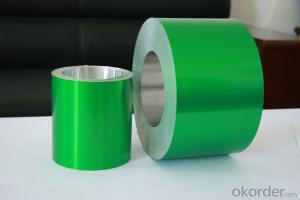Aluminum Heat Sink Stock
Aluminum Heat Sink Stock Related Searches
Led Light Bulbs For Ceiling Fixtures Led Lamps For Ceiling 42 In Ceiling Fan With Light Aluminum Coil Stock For Gutters Aluminum Foil For The Grill Hole Saw For Aluminum Plate Aluminum Tread Plate For Trailer Bow Plate For Aluminum Boat Aluminum Foil For Grow Room Aluminum Foil For Joint PainHot Searches
Stock Price For Aluminum Aluminum Coil Stock For Sale Aluminum Gutter Coil For Sale Used Aluminum Scaffolding For Sale 1/4 Aluminum Plate For Sale Aluminum Bar Stock For Sale Aluminum Round Stock For Sale Aluminum Diamond Plate For Sale Aluminum Scaffolding For Sale Craigslist 6061 Aluminum Plate For Sale Aluminum Dock Plate For Sale 7075 Aluminum Plate For Sale Aluminum Tread Plate For Sale Aluminum Checker Plate For Sale Aluminum Plate For Sale Near Me Plate Aluminum For Sale Aluminum Plate For Sale Aluminum Square Stock For Sale Aluminum Flat Stock For Sale Billet Aluminum Stock For SaleAluminum Heat Sink Stock Supplier & Manufacturer from China
Okorder.com is a professional Aluminum Heat Sink Stock supplier & manufacturer, offers integrated one-stop services including real-time quoting and online cargo tracking. We are funded by CNBM Group, a Fortune 500 enterprise and the largest Aluminum Heat Sink Stock firm in China.Hot Products
FAQ
- How can the refrigerator aluminum pipe leak?
- 2. Replace and repair evaporator. All need to be dug out from the freezing room, replaced, repaired, restored, and filled with a foaming agent, and then added refrigerant, the price is not expensive.
- There are various sizes of aluminum pipes available, ranging from small diameters like ¼ inch to larger ones like 12 inches or more. The specific sizes will depend on the manufacturer and the intended application of the pipe.
- Why aluminum tubes can not be used as lightning rod materials?
- I think the aluminum pipe is not strong enough and not strong enough. Because the lightning rod is usually located on the roof of the building.
- Can aluminum tube and stainless steel pipe be welded directly?
- If the direct use of other auxiliary welding material can be, but I would also like to know whether the current technology can use laser welding, aluminum and stainless steel?
- Aluminum pipes generally perform well in high-temperature environments due to their excellent thermal conductivity and resistance to corrosion. Aluminum has a melting point of 660 degrees Celsius (1220 degrees Fahrenheit), which is higher than many other metals commonly used in piping systems. In high-temperature environments, aluminum pipes effectively dissipate heat, preventing the accumulation of excessive heat that could potentially damage the pipes or the surrounding area. Their high thermal conductivity allows for efficient heat transfer, which is particularly beneficial in applications where heat needs to be transferred from one point to another. Furthermore, aluminum pipes have a low coefficient of thermal expansion, meaning they expand and contract less than other materials when exposed to high temperatures. This characteristic helps minimize the risk of pipe distortion or leakage due to thermal stress, ensuring the integrity of the piping system. Another advantage of aluminum pipes in high-temperature environments is their resistance to corrosion. Aluminum naturally forms a protective oxide layer on its surface, which prevents further oxidation and corrosion even at elevated temperatures. This protective layer acts as a barrier against the corrosive effects of high heat and chemicals, making aluminum pipes suitable for various industrial applications. However, it is important to note that the specific performance of aluminum pipes in high-temperature environments may depend on factors such as the alloy composition, wall thickness, and the presence of any protective coatings. It is recommended to consult with experts or engineers to determine the appropriate type and specifications of aluminum pipes for specific high-temperature applications.
- How smooth is the hollow aluminum tube bent?
- Your material is not circular tubes with uniform thickness? If so, the problem is not complicated;You want to bend the whole circle? Semicircle? Multistage arc?If it is smaller than the semicircle, you can use the pipe bender or core pulling;The whole circle requires multi arc profile bending machine, bending machine, CNC bending machine.If the material is bent out of order, it can be adjusted as long as both sides of the profile bender are adjusted.If you do not understand, you can consult the Guangzhou high tech personnel.
- Is the cold storage iron tube good or the aluminum tube good?
- The advantages of multi row steel aluminum parallelism of aluminum heat exchange faster than steel refrigeration so faster and almost cost steel row because aluminum does not rust so late without steel row do antirusting maintenance
- Aluminum pipes and copper pipes have several key differences that make them suitable for different applications. Firstly, aluminum pipes are typically more affordable than copper pipes, making them a popular choice for budget-conscious projects. Copper pipes, on the other hand, tend to be more expensive but are known for their durability and longevity. Additionally, aluminum pipes are lighter in weight, making them easier to handle and install, whereas copper pipes are heavier and may require additional support. When it comes to corrosion resistance, copper pipes outperform aluminum pipes. Copper is highly resistant to corrosion and can withstand extreme temperatures and harsh environments, making it a preferred choice for plumbing and HVAC systems. Aluminum, on the other hand, is more prone to corrosion and may require protective coatings or treatments in certain applications. In terms of thermal conductivity, copper pipes are far superior to aluminum pipes. Copper has excellent heat transfer properties, making it ideal for applications that require efficient heat exchange, such as air conditioning and refrigeration systems. Aluminum, although less conductive, is still used in applications where weight and cost are more important factors. Lastly, it is important to note that copper pipes have a long-standing track record in plumbing systems, while aluminum pipes are relatively newer in the market. This means that copper pipes have been extensively researched and tested over time, leading to well-established standards and practices. Aluminum pipes, on the other hand, may require additional considerations and precautions due to their different properties and characteristics. Ultimately, the choice between aluminum pipes and copper pipes depends on the specific needs of the project, budget constraints, and the desired performance requirements. It is always recommended to consult with a professional or engineer to determine the most suitable option for your particular application.




